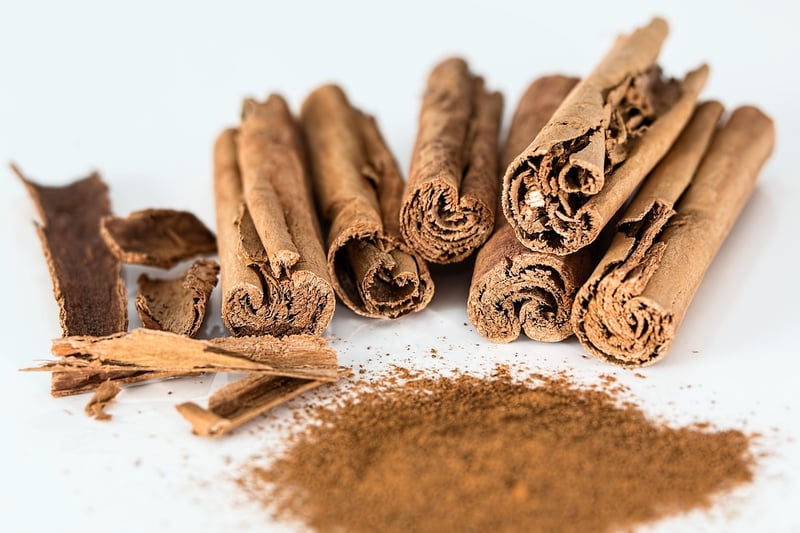Natural Pigments
Eco-Conscious Textile Coloring with Natural Pigments
In today's world, where sustainability is a top concern, the textile industry is making strides towards eco-conscious practices. One area where significant improvements have been made is in textile coloring. Traditional dyeing processes often involve harmful chemicals that can pollute waterways and harm the environment. To combat this issue, many companies are turning to natural pigments for coloring textiles.
What are Natural Pigments?
Natural pigments are derived from plants, minerals, and other natural sources. These pigments offer a sustainable and environmentally friendly alternative to synthetic dyes. By using natural pigments, textile manufacturers can reduce their carbon footprint and minimize the negative impact on the planet.
Benefits of Natural Pigments
- Environmentally Friendly: Natural pigments are biodegradable and do not contain harmful chemicals, making them safe for the environment.
- Sustainable: Since natural pigments come from renewable sources, they are a sustainable choice for textile coloring.
- Healthier for Workers: Textile workers are not exposed to toxic chemicals when using natural pigments, promoting a safer working environment.
- Unique Aesthetic: Natural pigments can create unique and beautiful color variations that are not possible with synthetic dyes.
Examples of Natural Pigments
There are various natural sources from which pigments can be derived. Some common examples include:
- Indigo: Derived from the indigo plant, this pigment creates shades of blue and is commonly used in denim production.
- Madder Root: From the madder plant, this pigment produces reds, oranges, and pinks.
- Turmeric: Known for its vibrant yellow color, turmeric is a popular natural pigment.
- Cochineal: Made from dried insects, cochineal is used to create shades of red and pink.
Conclusion
As the demand for sustainable practices grows, the use of natural pigments in textile coloring is becoming more prevalent. By opting for eco-conscious alternatives like natural pigments, the textile industry can reduce its environmental impact and move towards a more sustainable future.
Image Source: Pixabay

